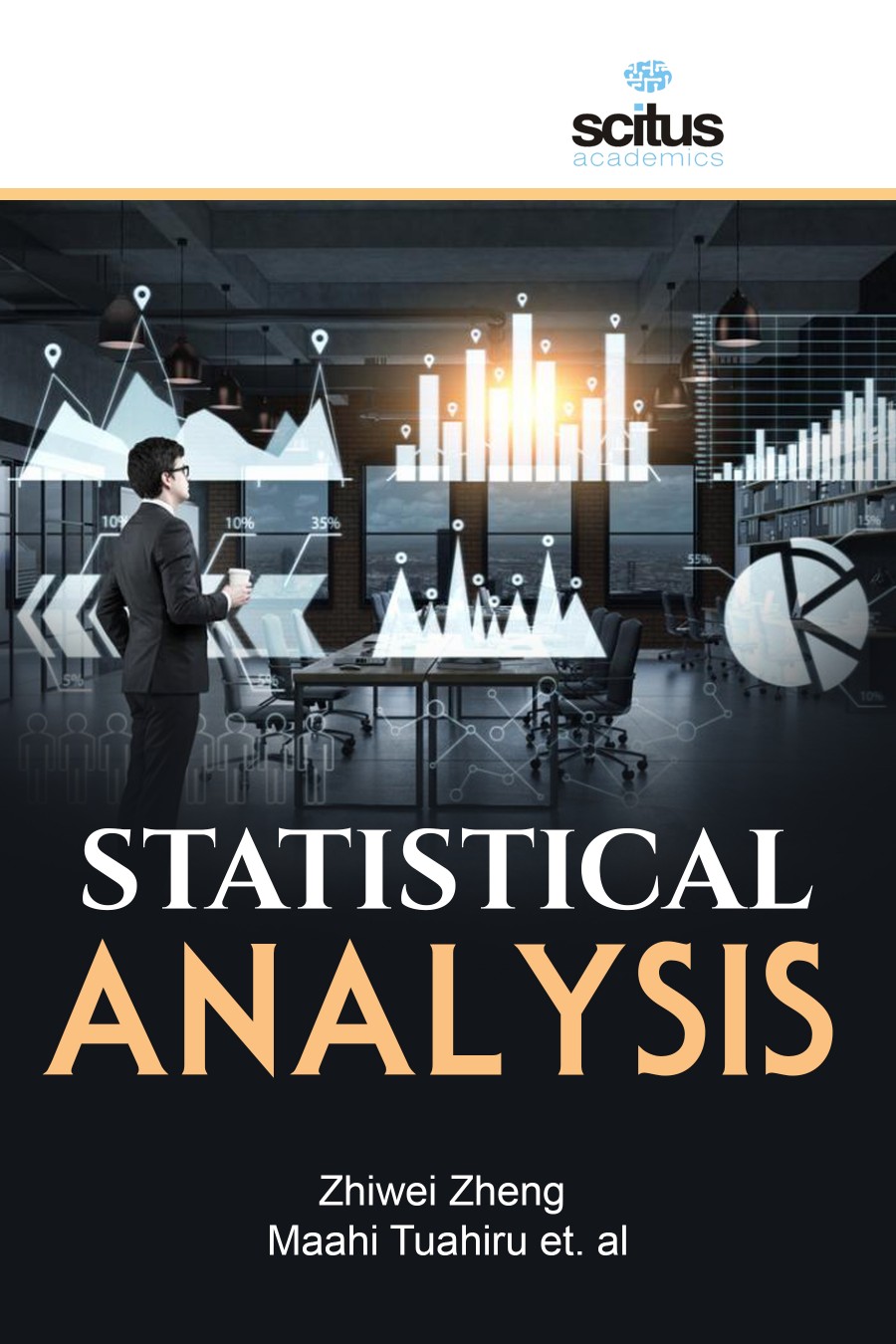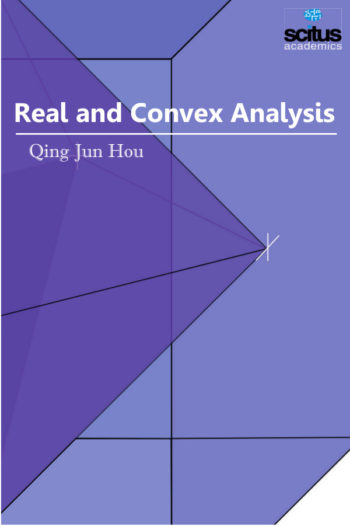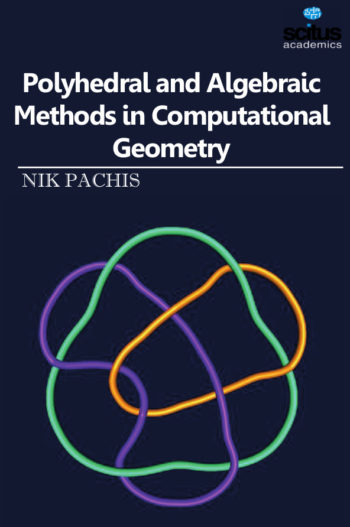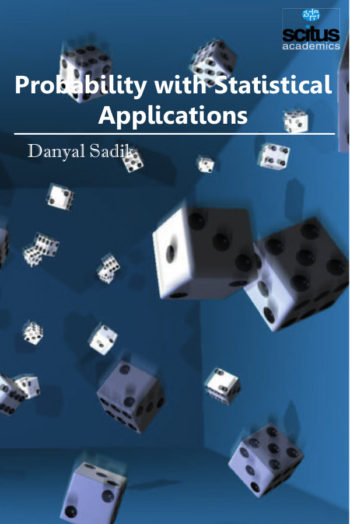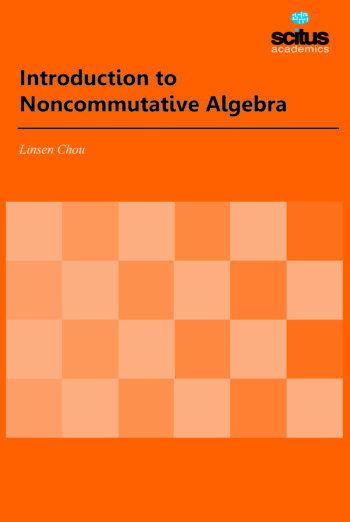Statistical analysis is a component of data analytics that involves collecting and scrutinizing every data sample in a set of items from which samples can be drawn. The goal of statistical analysis is to identify trends. A retail business, for example, might use statistical analysis to find patterns in unstructured and semi-structured customer data that can be used to create a more positive customer experience and increase sales. Statistics is not only studied theoretically by advanced mathematicians but one also used by researchers in many fields to organize, analyze, and summarize data. Statistical methods and analyses are often used to communicate research findings and to support hypotheses and give credibility to research methodology and conclusions. It is important for researchers and also consumers of research to understand statistics so that they can be informed, evaluate the credibility and usefulness of information, and make appropriate decisions. In the same way it takes considerable effort and time to become trained in food technology or chemistry or as a physician, learning statistics – both the mathematical theory and applied use – takes time and effort.
Statistical Analysis covers a wide range of quantitative tools in the fields of statistical modelling, multivariate data analysis, data mining, algorithmic modelling and machine learning. This book offers students, practitioners as well as researchers in current and emerging fields understanding new ideas in statistics and to stimulate the active discussion in the research field.

